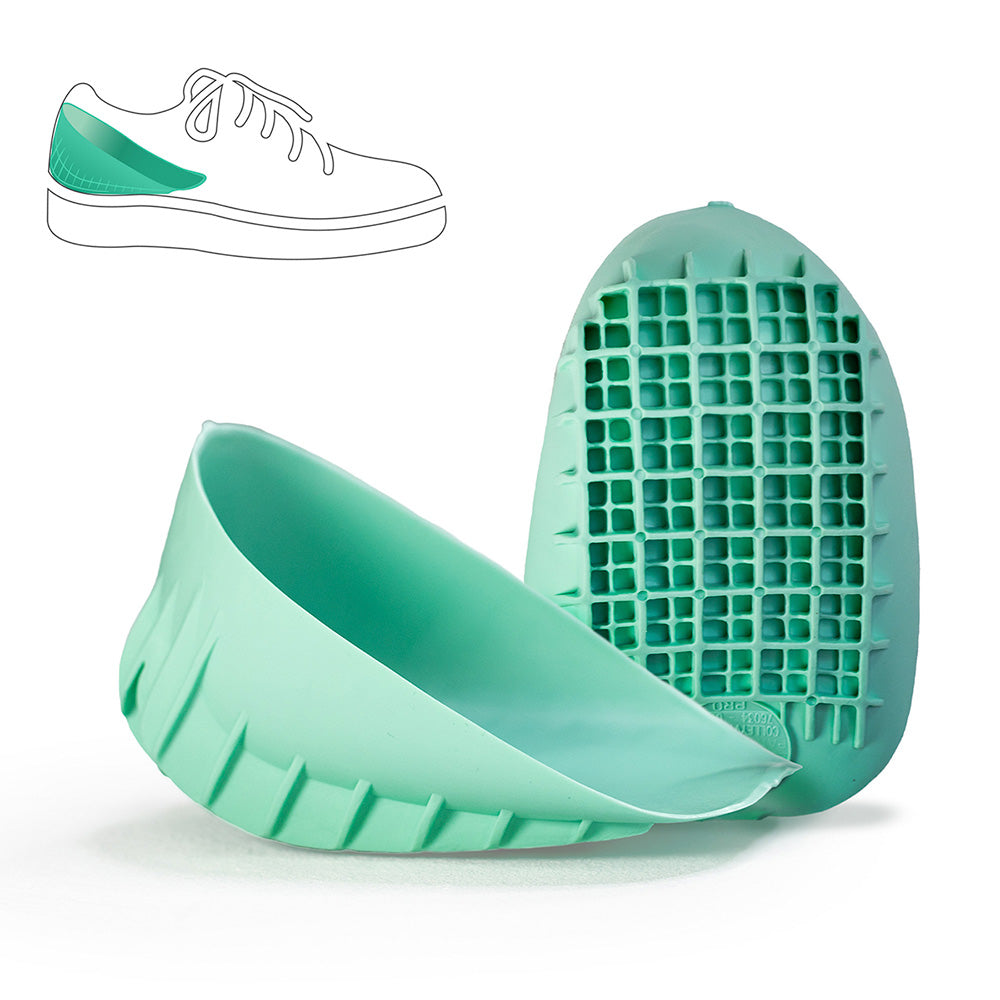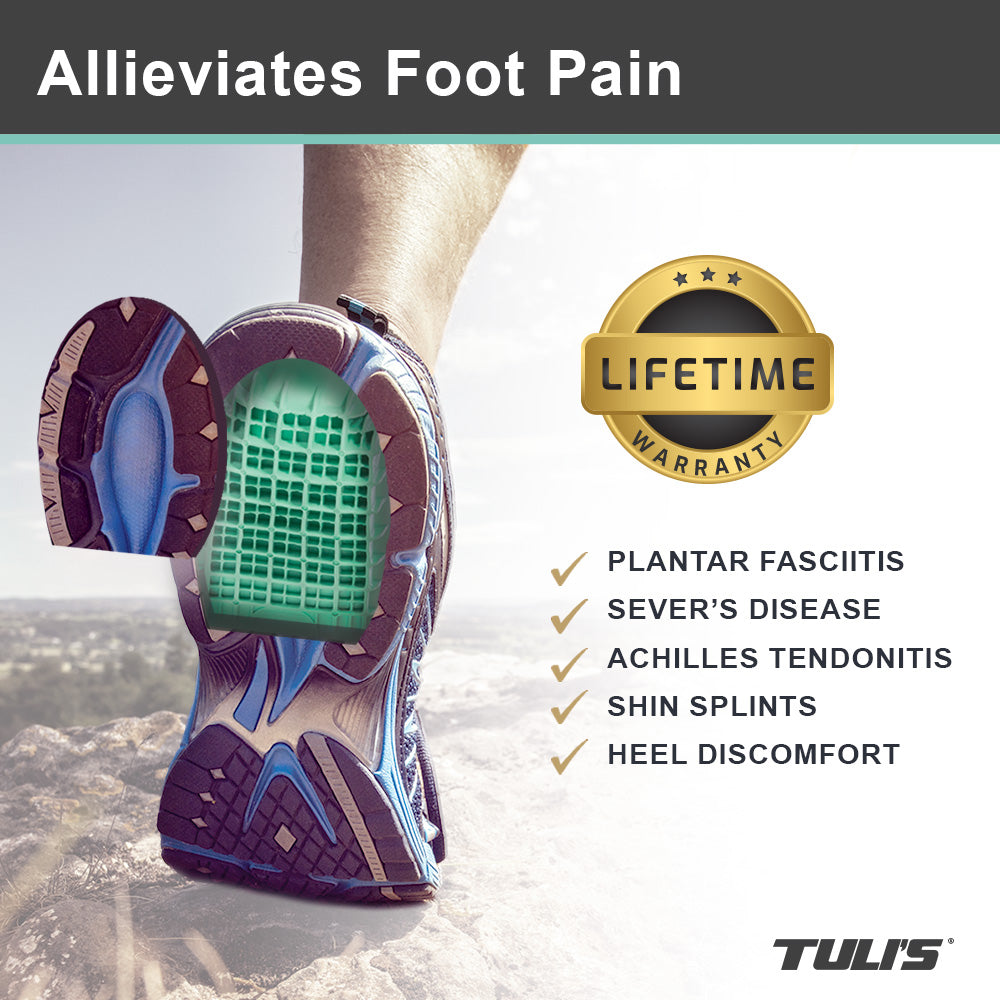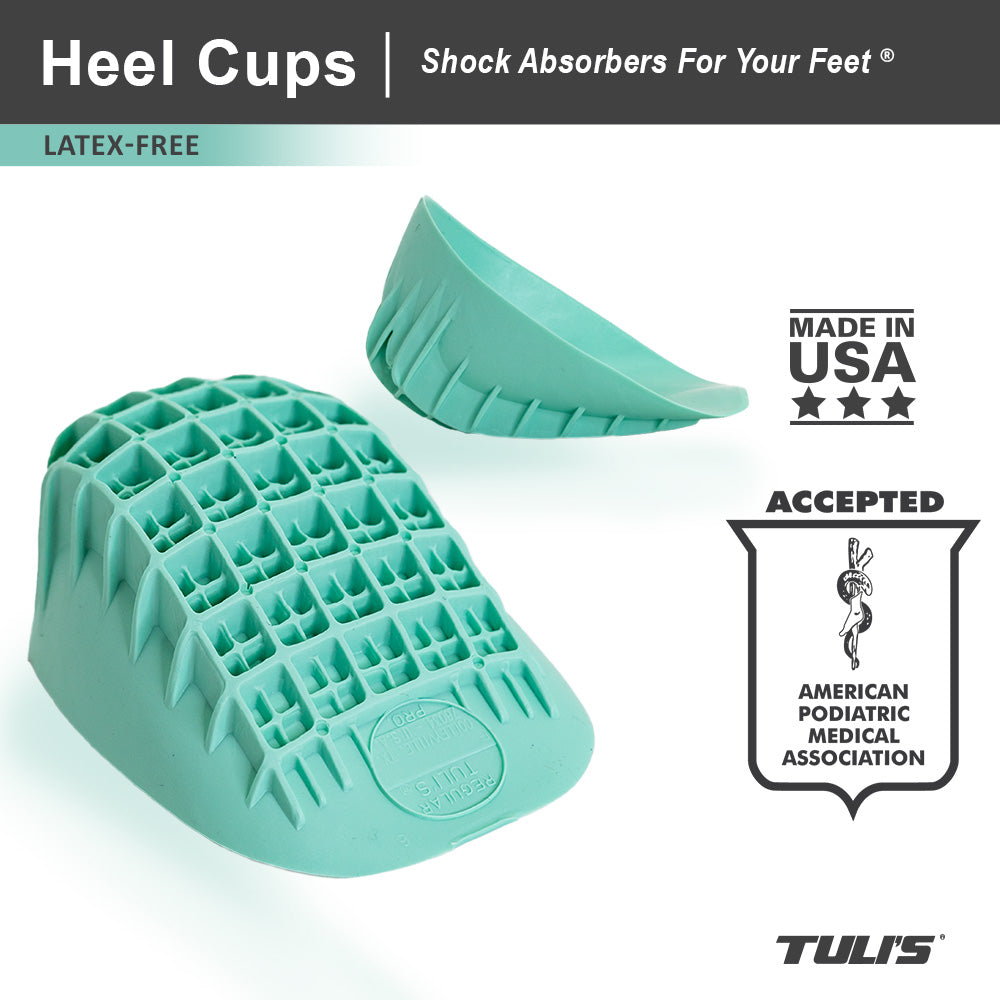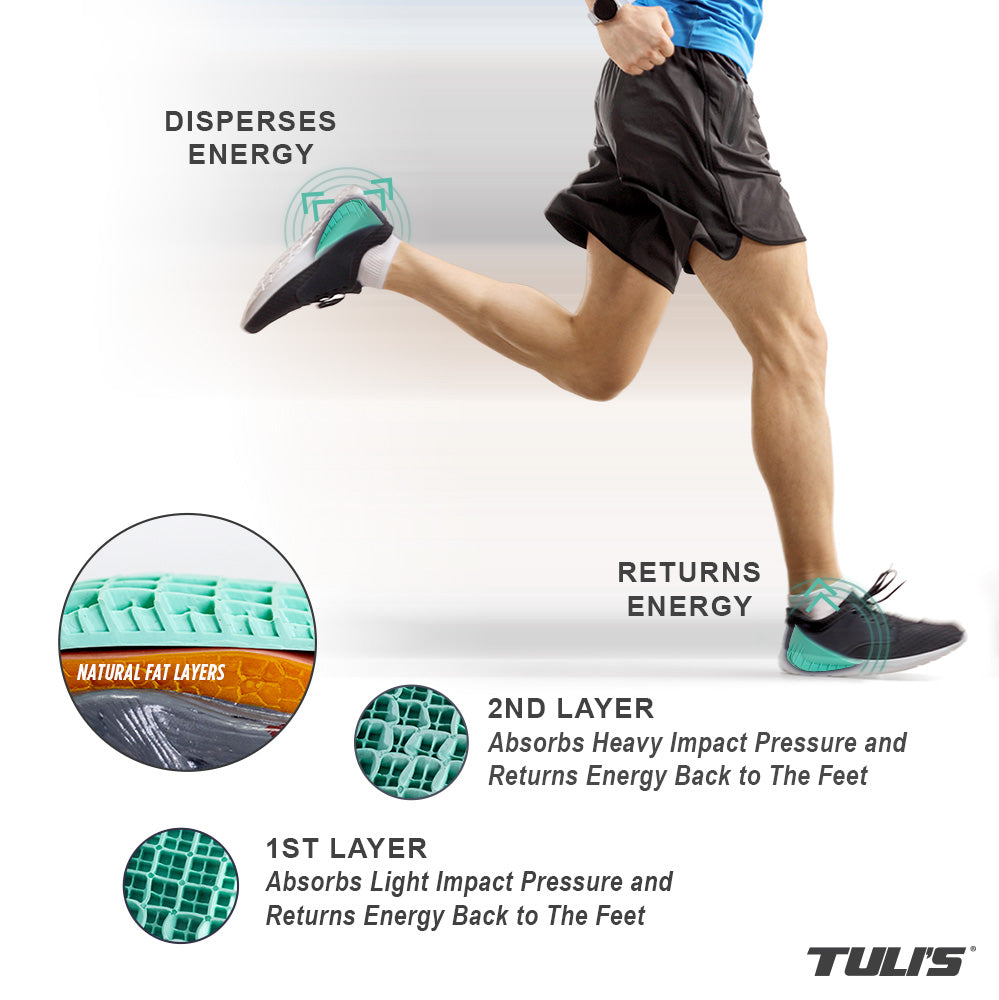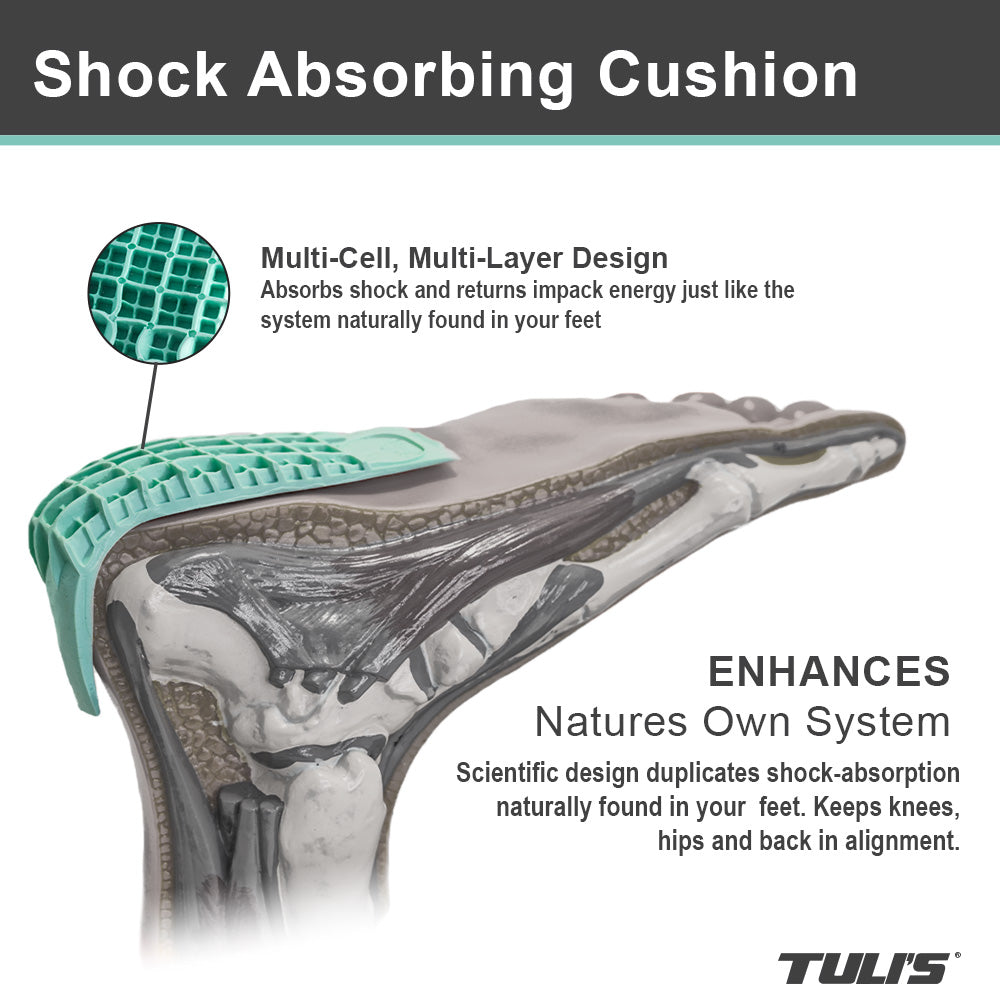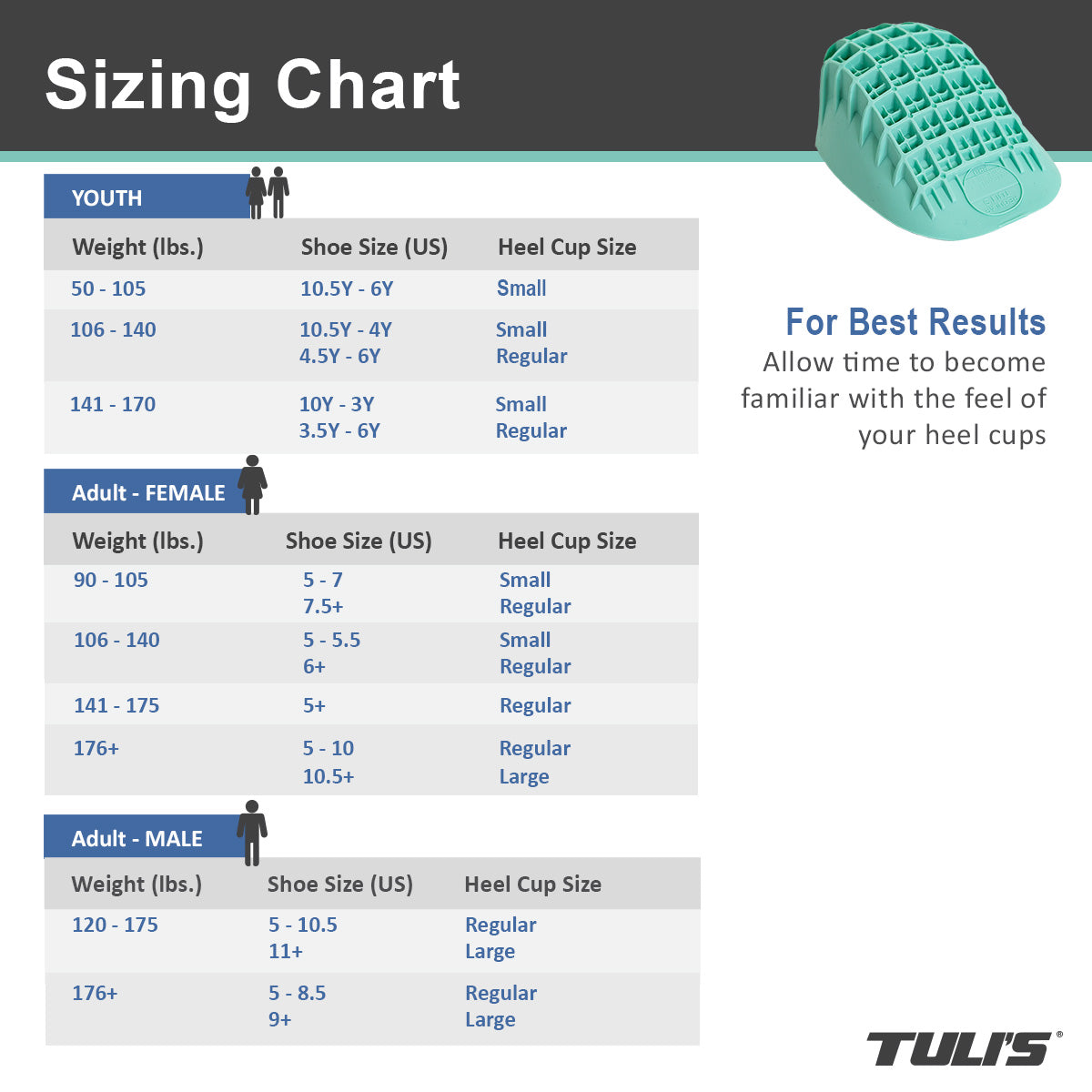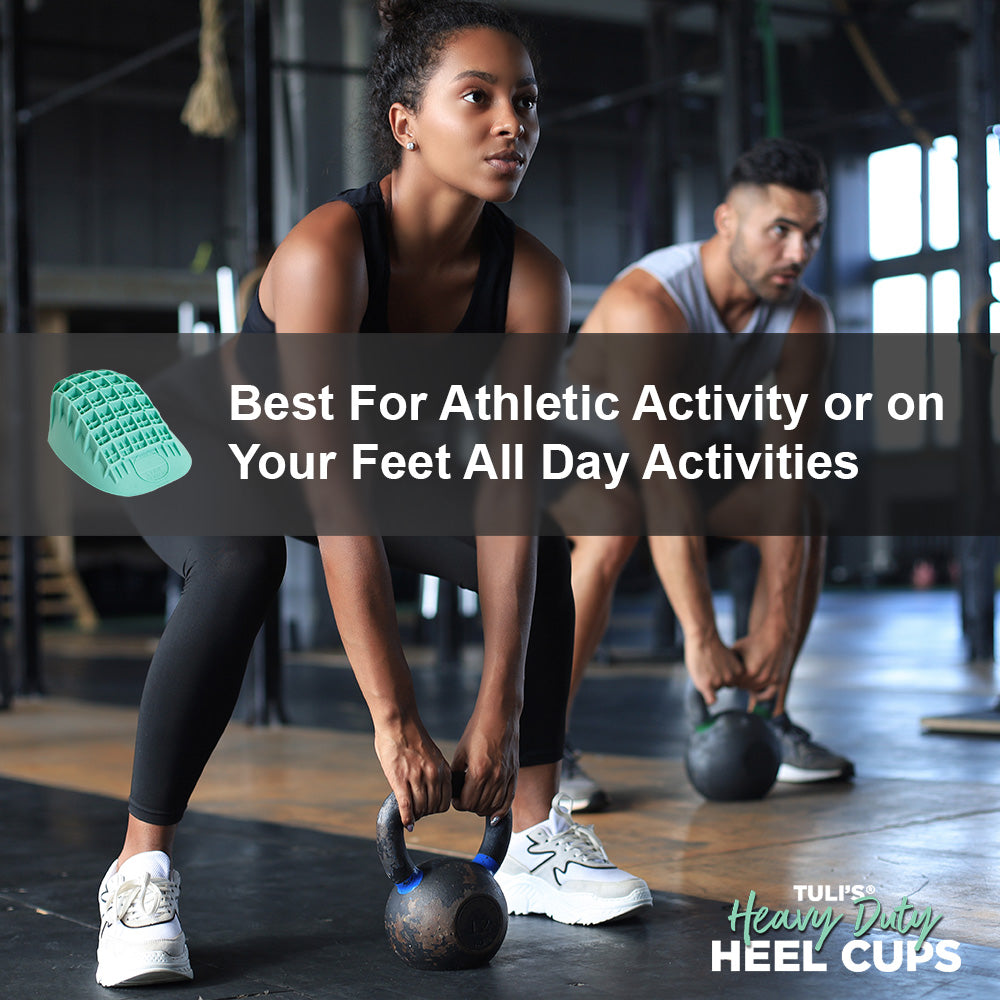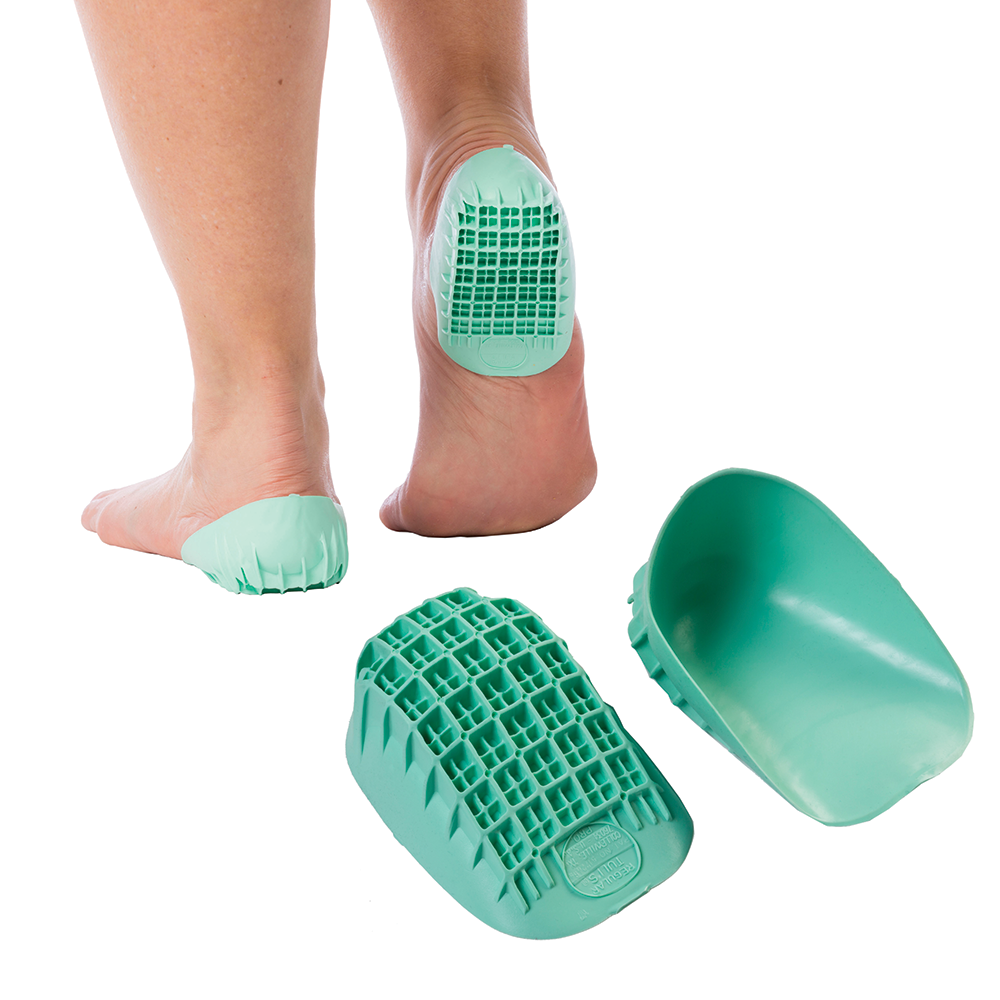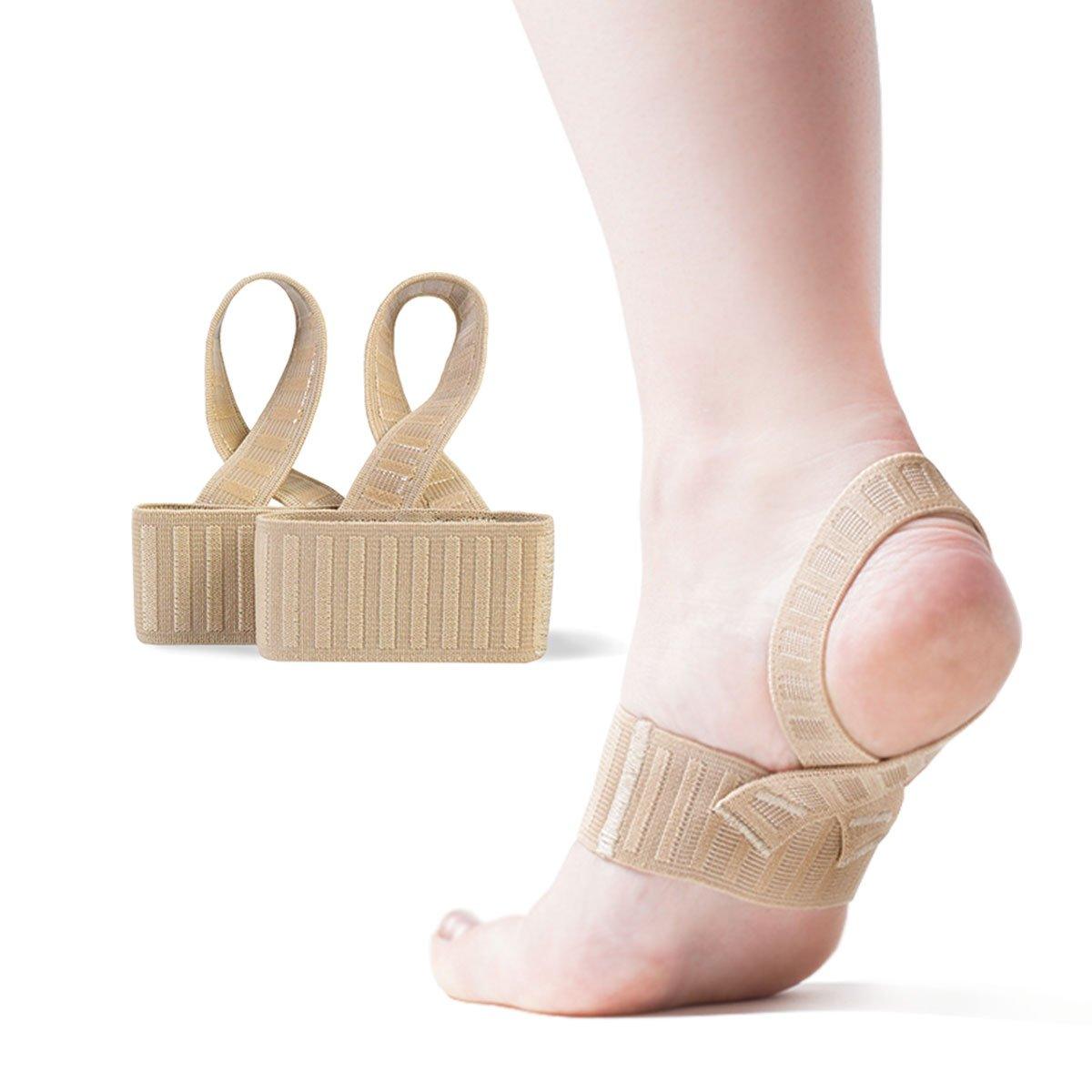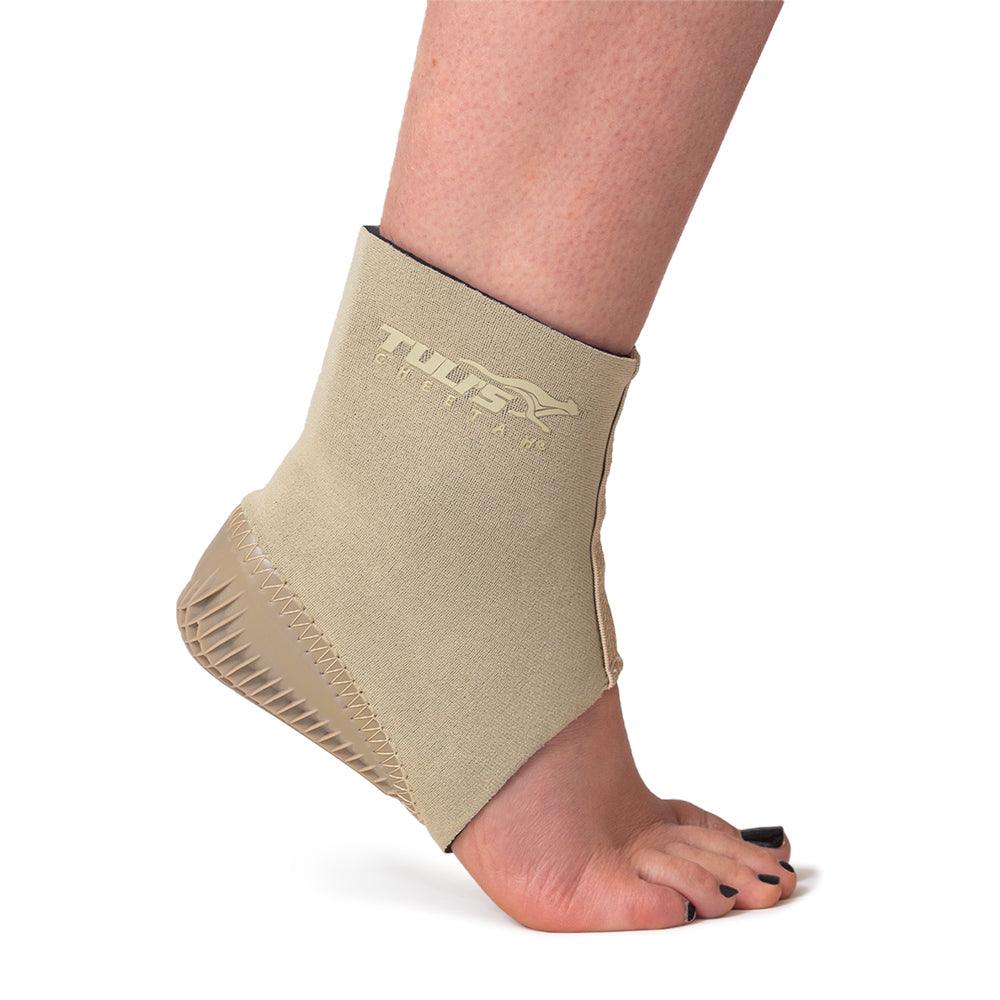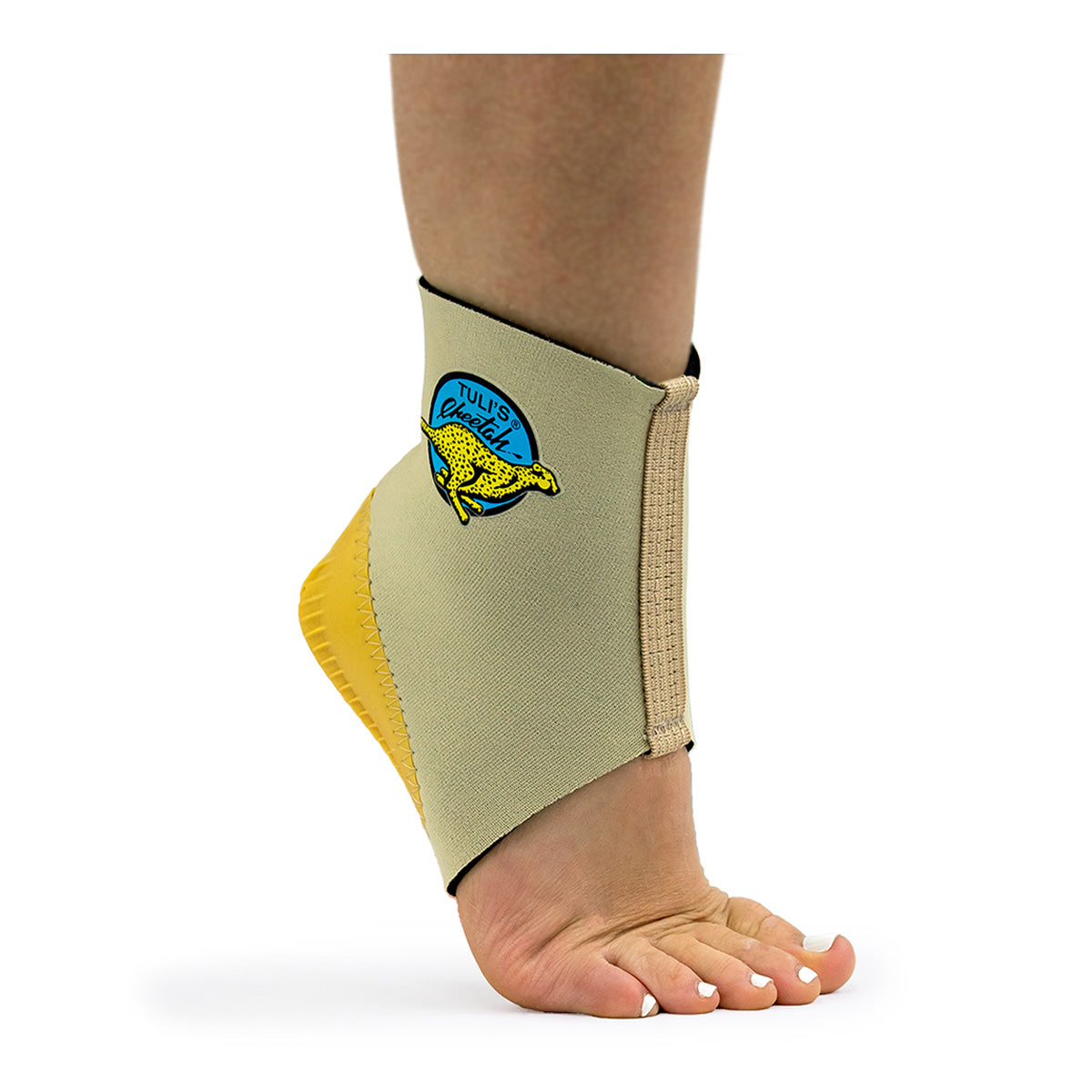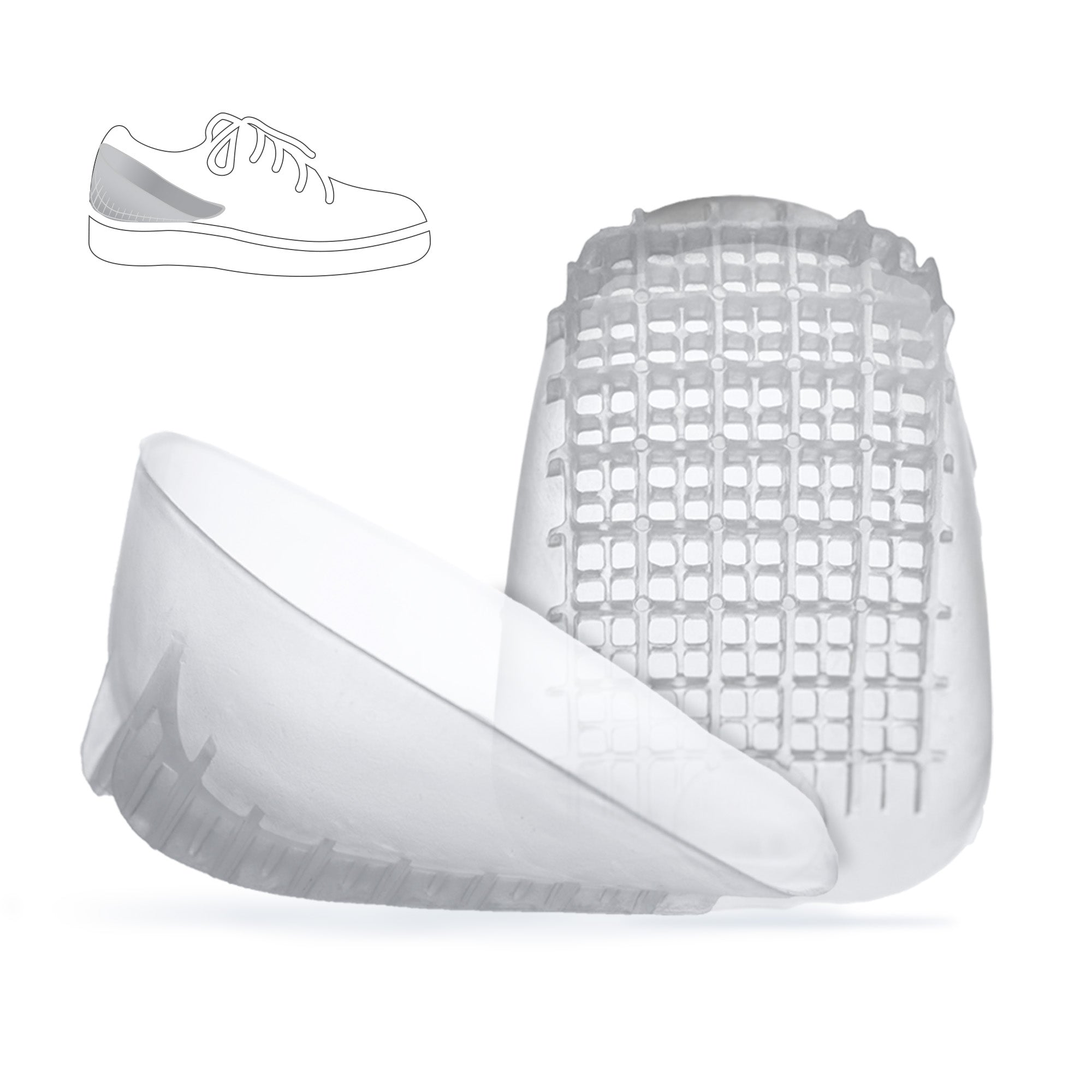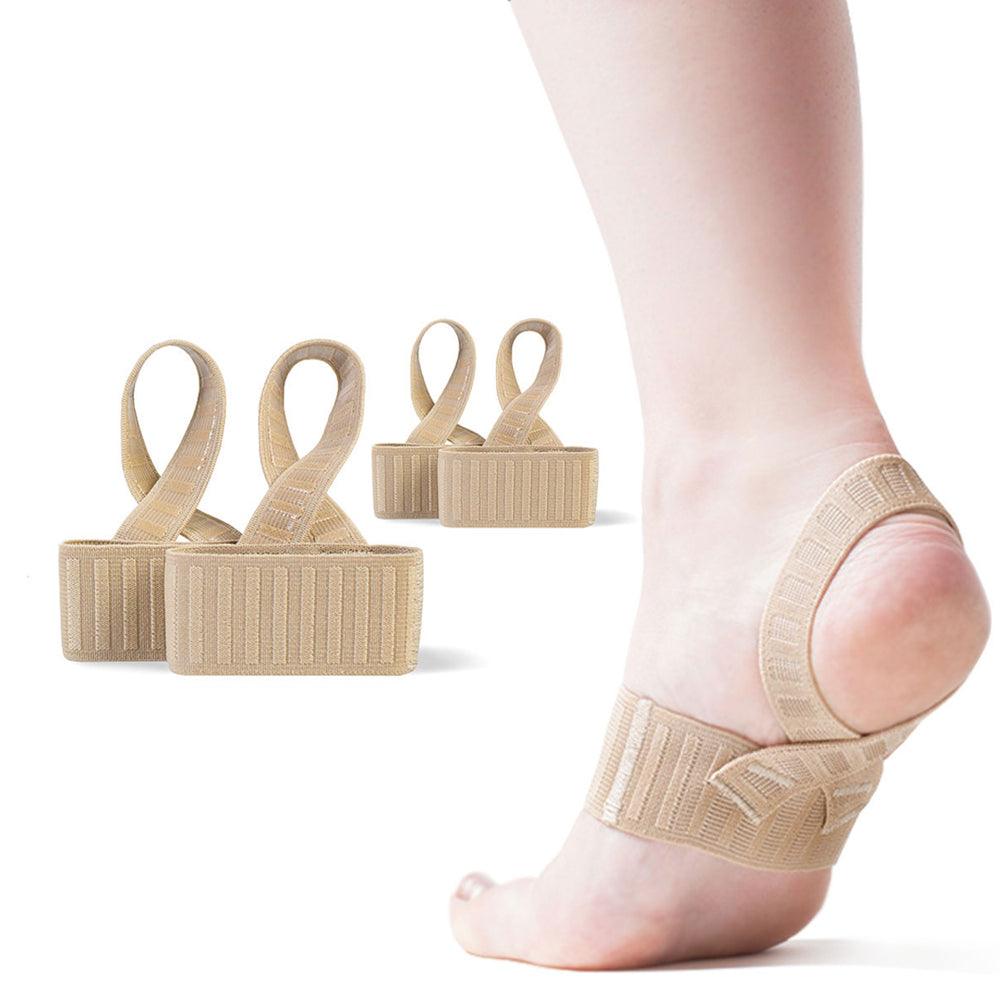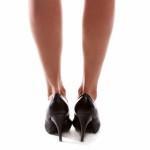Remember when you were growing up…children played baseball during baseball season, football during football season and spent most of their time just running around the neighborhood with friends. These days it’s not uncommon for girls and boys to be playing recreational or competitive sports year round. And in some cases, more than one sport at a time. That extra wear and tear is taking its toll.
If your child has complained of heel pain, then you are not alone.
Heel pain in children (typically between the ages of 8 to 14) is a becoming a common complaint. While it can occur as a result of a specific injury, it is also commonly caused by Sever’s disease, (Calcaneal Apophysitis) an overuse injury that causes an inflammation of the heel’s growth plate.
As children start to experience growth spurts, the heel bone sometimes grows faster than the leg muscles and tendons. This can cause the muscles to become tight and even over stretched, making the heel less flexible – putting pressure on the growth plate. Over time, this tightness combined with the repeated stress on the Achilles tendon from running and jumping in sports such as track, basketball, soccer, and gymnastics can cause swelling, tenderness, and even damage to the growth plate.
How do I know if it’s Sever’s Disease?
Unlike heel pain from plantar fasciitis (which typically affects adults and often causes heel pain in the morning that feels like you’re stepping on stones), Sever’s disease causes pain at the back and the side of the child’s heel. The pain is usually worse after physical activity and will typically lessen when the child is not active. Squeezing the sides of the heel can often be painful.
Only a doctor can diagnose the condition for certain. Treatment for Sever’s disease often includes:
- Cutting back on running and jumping activities.
-
Wearing a heel cup in all cleats and athletic shoes.
A heel cup can provide immediate relief by cushioning the area of pain and elevating the heel bone which will reduce the pull from the calf muscles on the growth plate. -
Daily stretching.
Because wear and tear often begins with inflexibility. It is important to stretch the calf muscles and as tight calf muscles are common in those who suffer from Sever’s. - Ice. Many find using an ice pack for 20 minutes after activity helpful as well.
Once your child is back in the game, it will help to prevent a reoccurrence if they continue to stretch, wear good supportive shoes and use a quality heel cup in their shoes.
Preventing Heel Pain
The same “treatments” that are used to help recover from Sever’s disease can also help prevent heel pain and even Sever’s disease from occurring! Regular stretching of the calf muscles as well as strengthening of the Achilles tendon will go a long way towards preventing pain and injury. Making sure that they have supportive shoes and placing heel cups in your athletic shoes and cleats will also help to lessen the impact and improve performance.
The post Heel Pain in Children appeared first on Medi-Dyne.





